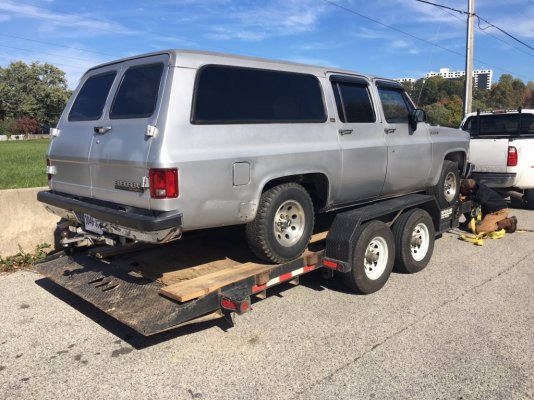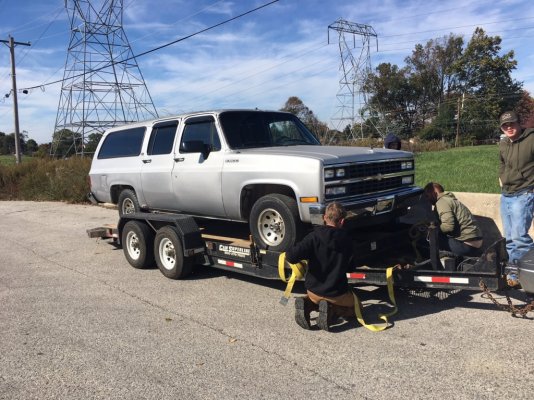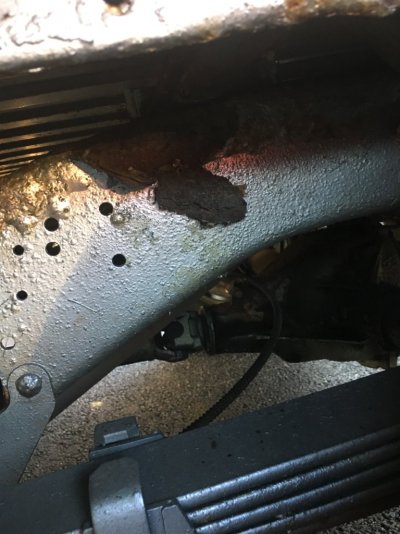I live in Oregon too and have not heard of the "salt on roads" claim. I have known of a solution they use on some of the passes but are you saying Oregon is using rock salt on roads and where? There is a tool that you can buy at Amazon that you attach your water hose to and it rolls under the vehicle and has multiple spray jets that will spray up under the vehicle as you roll it under the vehicle.
ODOT's winter highway maintenance practices reduce costs and limit impacts on natural resources while maintaining high standards for public safety -- our No. 1 priority. ODOT's standard practices during snow removal include:
- Reducing plowing speeds in sensitive areas
- Minimizing snow blowing into sensitive areas
Sanding material is sometimes applied on roads and bridges to provide better traction for safer driving. ODOT's practices minimize effects on natural resources by:
- Reducing application rates and frequency of sanding when weather and traffic conditions allow.
- Minimizing sanding in areas with air quality problems or near waterways and other sensitive areas.
- Placing barriers to capture sanding material along sensitive waterways.
The use of deicer is an effective way to improve road surface safety during winter conditions. ODOT uses magnesium chloride (MgCl2) with corrosion inhibitor and solid salt (NaCl), both as an anti-icer before a storm to help prevent ice and snow from bonding to the road, and as a deicer after a storm to help break the bond between ice and road. Use of these chemicals has been proven to improve road conditions, reduce crashes and mobility restrictions and reduce the use of sand - which limits impacts on air quality, water quality and aquatic habitat. We continually strive to optimize application timing & rates of these products. ODOT uses:
- The lowest application rate necessary to achieve desired road conditions.
- The strict specifications of the strict specifications of Clear Roads, a consortium of snow states and provinces dedicated to safety and performance.
We believe protecting the environment while providing a safe transportation system is a smart move. Plowing, sanding and deicing do not, however, make the road completely safe. Travelers have a shared responsibility to travel safely. Drive at speeds appropriate for road and weather conditions; consider delaying travel if necessary.
Know before you go: Visit
www.TripCheck.com, Oregon’s travel information website, for up-to-the-minute road conditions and more information on Oregon’s chain law and chain requirements. You can also get the latest in road conditions by calling 511.




